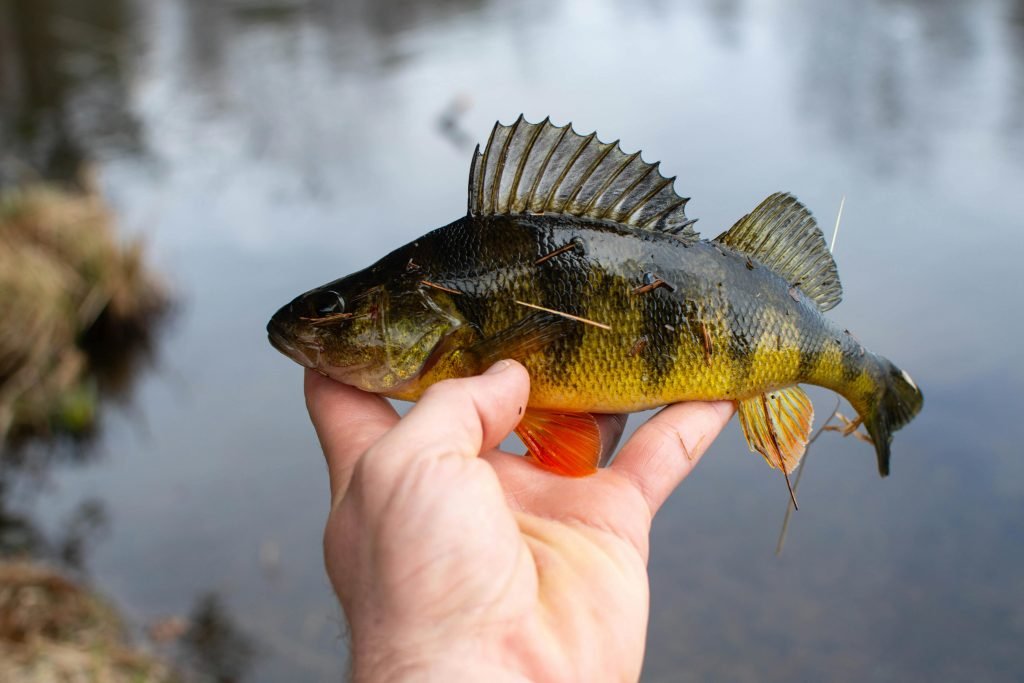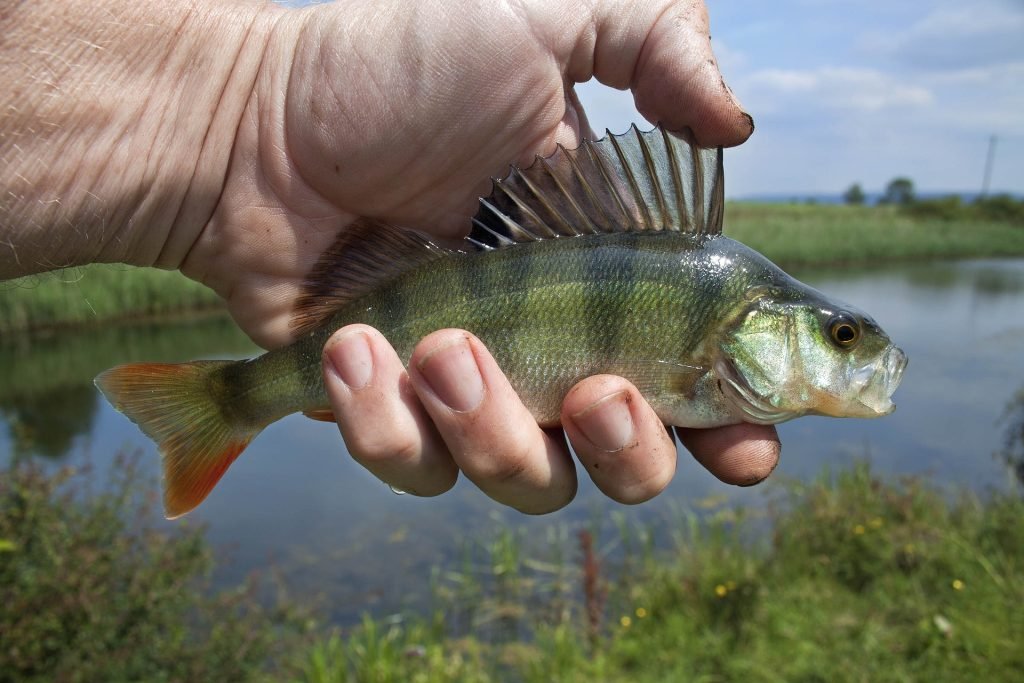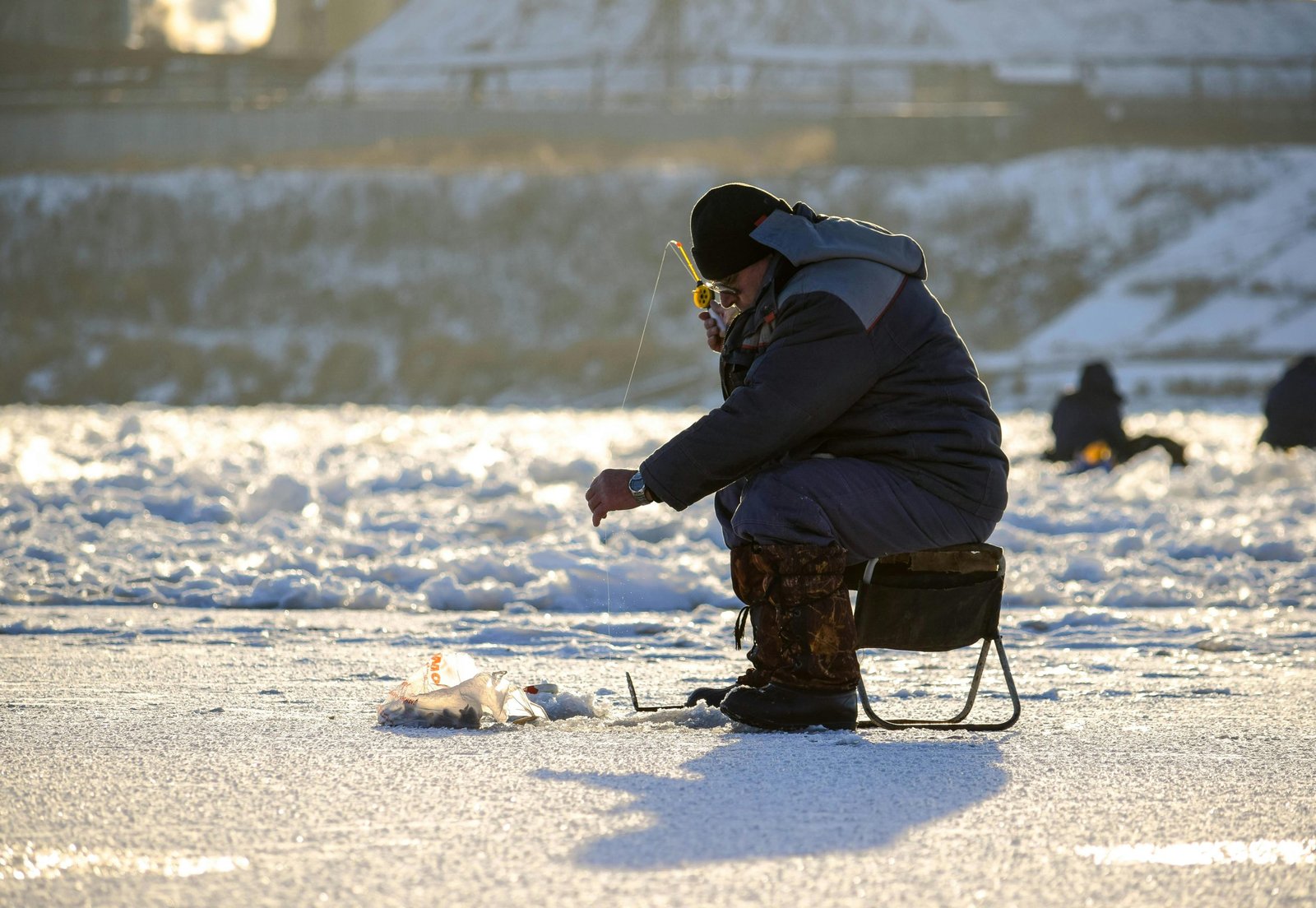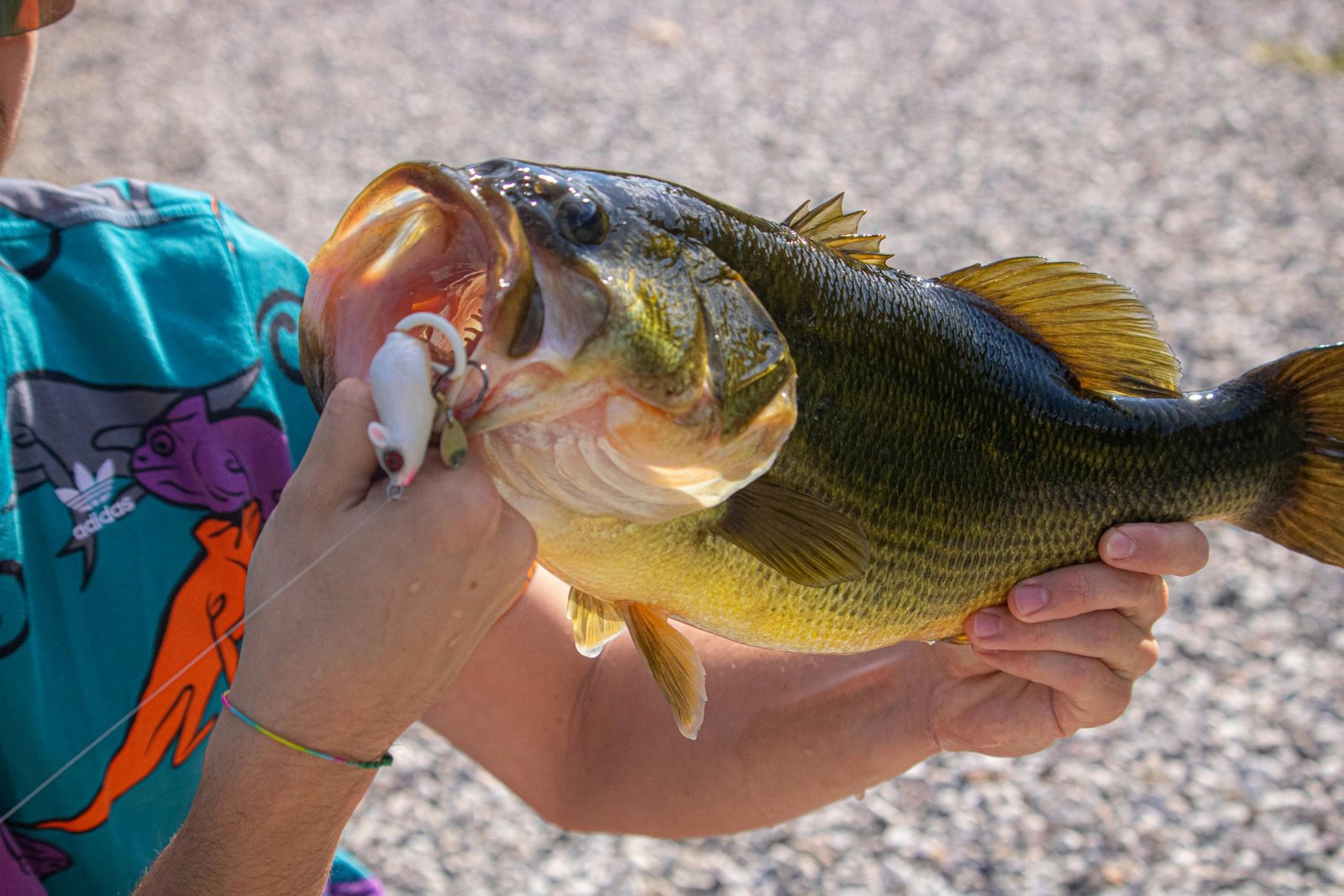
When it comes to perch fishing, choosing the right lures is key to having an enjoyable experience and… actually catching perch. I’m saying this because it’s not uncommon to fish after perch and catch only bass, or crappie.
Yellow perch are abundant in many freshwater bodies and respond well to certain types of lures that mimic their natural prey. Selecting the best lures can make a big difference in your catch rate and enjoyment.
In this guide, you’ll discover the top lures that work wonders for attracting yellow perch. From minnows and spinners to jigs and spoons, different lures are suited to various conditions and techniques. By using the right tackle and knowing which lures to use, you’ll increase your chances of landing more perch.
So grab your gear and get ready to learn about the best lures for perch fishing. With this information, you’ll be well on your way to a more productive and fun fishing trip.
Understanding Perch Behavior and Habitat

Yellow perch thrive in environments rich in cover and food sources. Knowing what they eat and where they live can help you catch more fish.
The Perch Diet and Natural Prey
Perch have a varied diet that changes as they grow. Young perch primarily eat zooplankton. As they mature, they start feeding on insects, small invertebrates, and tiny fish.
Live bait is often effective for perch fishing. Worms, minnows, and leeches mimic their natural diet. You can also use lures that replicate the look and movement of these prey items.
Understanding what perch eat and when they eat it can make your fishing trips more successful.
Habitat Preferences for Yellow Perch
Yellow perch prefer waters with lots of cover. This includes vegetation like weed beds, lily pads, and dense underwater plants. They also cluster around rocks, drop-offs, and other structures.
You’ll often find perch in shallow lakes or near the shoreline. They stay close to vegetation and structures where they can hide from predators and ambush their prey.
Fishing near these areas increases your chances of catching perch. Use a light spinning rod and sensitive line to detect their delicate bites.
By focusing on the right habitats and understanding perch behavior, you can improve your success on the water.
The Best Lures for Perch Fishing

When fishing for perch, you should have a good variety of lures. Different options, such as jigs, spinners, spoons, and soft plastics, can increase your chances of success. Each type of lure has its specific advantages and use cases.
Jigging for Perch with Artificial Lures
Jigging can be especially effective for catching perch. Jigs are versatile and come in various colors and sizes. Popular options include the marabou jig, which has feathers that move enticingly underwater, and the Rapala Jigging Rap, known for its sharp and quick movements.
- Common Perch Jigs:
- Rapala Jigging Rap
- Marabou Jig
Using a jig with a soft bait like Berkley Gulp! Minnow or Berkley PowerBait Power Honey Worms can make your jig more appealing to perch. You should consider the water’s depth and clarity when selecting the right jig.
Using Spinners and Spoons

Spinners and spoons are great for attracting perch because of their movement and flash. The Mepps Aglia Spinner is a top choice, famous for its French blade and the sonic vibrations it creates underwater.
- Popular Spinners and Spoons:
Spoons, like the Acme Kastmaster, work well because they can cast far and handle windy conditions. You may find the Clam Leech Flutter Spoon useful for slower presentations, attracting perch even when they’re not very active.
The Role of Soft Plastics

Soft plastics can mimic the natural prey of perch. Products like Berkley Gulp! and Berkley PowerBait offer various shapes and scents that can make a big difference.
- Effective Soft Plastics:
Using a soft plastic bait on a jighead can make your lure look more lifelike. Soft plastics are useful in both shallow and deep waters, and they often last longer than live bait while still being very effective.
By using a combination of jigs, spinners, spoons, and soft plastics, you can effectively target perch under different conditions.
Live Bait Techniques and Tips
Using live bait for perch fishing can be incredibly effective. You’ll learn about the best natural bait options and how to use specific rigs to improve your fishing success.
Natural Bait Choices: From Worms to Minnows
Nightcrawlers and earthworms are classic choices. Thread them onto your hook securely but leave a bit dangling to mimic natural movement. This attracts perch and makes them more likely to bite.
Live minnows are also great. Choose smaller ones, around 2-3 inches. Fish them near the bottom for best results. Fathead minnows and shiners are popular among anglers.
Waxworms and maggots are small but effective, especially in colder climates. Use them with tiny jigging spoons or teardrop jigs during ice fishing. Leeches work well in warmer water, especially when fished with a slip bobber rig.
Maximizing Success with Live Bait Rigs
The slip bobber rig is versatile and excellent for live bait. Set your depth using a bobber stop, and attach your live bait below the bobber. This allows you to fish at different depths easily.
When using live minnows, a hook through the lips keeps them alive longer and makes them appear more natural. For nightcrawlers, try threading them on a hook and adding a small split shot to keep the bait near the bottom.
If you’re using waxworms or maggots, a tiny teardrop jig tipped with these baits can be deadly. Drop it to where the fish are and give it gentle movements to entice bites.
Fishing Techniques for Different Seasons

Perch fishing techniques change with the seasons. In summer, you’ll focus on specific bait colors and depths, and in winter, ice fishing calls for unique strategies.
Summer Perch Fishing Strategies
In summer, perch tend to stay in deeper water where it’s cooler. Bright and flashy lures like chartreuse, yellow, or orange are great choices. These colors are more visible in bright sunlight and can attract attention from farther away.
Use small jigs or spinners. Sizes of 1/16 to 1/8 ounce are effective. Cast near underwater structures like weeds or fallen logs. You can also try trolling slowly to cover more area and find active schools of perch.
Live bait works well too. Minnows or worms fished near the bottom can entice perch to bite. They often sit just above the thermocline, so adjust your tackle to reach that depth.
Ice Fishing for Perch in Winter
Ice fishing for perch is exciting and requires different gear. You’ll need an ice auger to drill holes and an ice fishing rod with light tackle. Perch are less active in the cold, so smaller bait is key.
Jigging spoons such as the Kastmaster are effective. Bright colors like gold or neon can attract perch in low-light conditions. Drop your lure to the bottom and jig it up and down to mimic a distressed baitfish.
Using live bait like minnows or maggots can be effective. You can use tip-ups rigged with small hooks and place them around your fishing area to cover more ground. Perch often move in schools, so once you find them, you’ll likely catch several in a short time.
Frequently Asked Questions
Choosing the right lures and understanding the best fishing strategies can help you catch more perch. This section answers some common questions about perch fishing.
What color lure is most effective when fishing for perch?
Bright colors like chartreuse, yellow, and orange work well in summer. They attract perch because of their visibility in the water. Gold, silver, and chrome or neon blue are great options too, especially on breezy days.
How do you properly set up a fishing rig for perch?
Use a light or ultra-light rod and reel combo. A simple setup with a small jig head or drop shot rig works well. Tie the hook about 8-12 inches above the sinker, allowing the bait to float just off the bottom.
Which are the preferred baits for catching perch during the winter season?
In winter, live baits like waxworms, minnows, and maggots are excellent choices. These baits work well with small jigs or spoons that mimic their movement.
Can you recommend any micro lures that are great for perch angling?
Yes, consider the CLAM Leech and Kalin’s Rattlin Google Eye Jig. They are small, versatile, and effective in attracting perch, especially in varying water conditions.
What’s the best strategy for using drop shot lures to catch perch?
A drop shot rig allows the bait to hover just above the bottom. Use fine wire hooks and lighter line to keep the setup subtle. Cast the rig, let it sink, and then twitch gently to mimic prey.
What are the top bait choices for perch in the springtime?
During spring, baits like nightcrawlers, small minnows, and soft plastic worms work well. Use lures such as the Rapala Ultra Light Crank or Mepps Aglia Spinner to mimic these baits effectively.




